Stay Ahead of the Curve
Latest AI news, expert analysis, bold opinions, and key trends — delivered to your inbox.
OpenAI vs. Perplexity: A Competitive Landscape in AI Deep Research
5 min read Perplexity's Deep Research is fast, affordable, and citation-backed—great for quick insights. OpenAI’s version is slower but deeper, ideal for complex analysis. Users love Perplexity’s speed but value OpenAI’s reasoning. Biggest gripe? Pricing. Who wins? Depends on your needs. February 18, 2025 15:04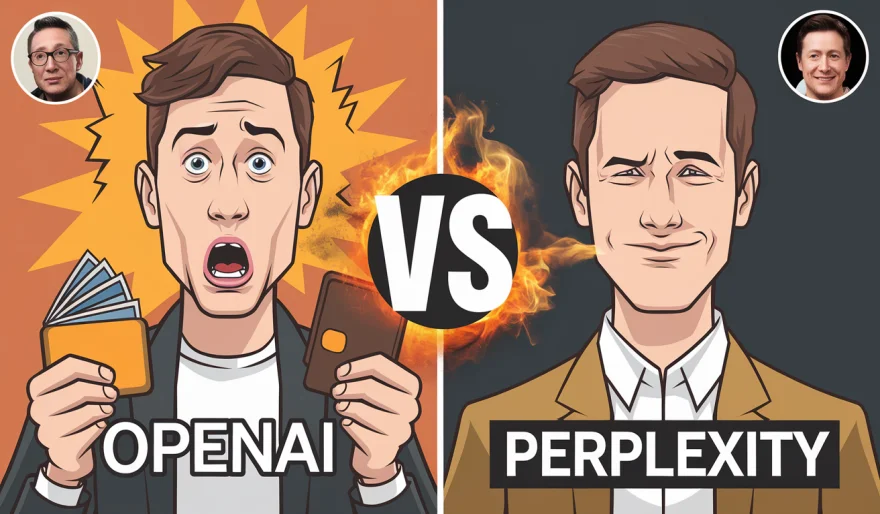
The recent developments in the AI research space highlight an evolving competition between OpenAI and Perplexity AI, as both companies refine their tools for deep research and information retrieval.
Comparing the Offerings
Perplexity AI has introduced its Deep Research feature, which focuses on delivering detailed, citation-backed responses in a short timeframe. Designed for professionals in fields like finance, marketing, and product research, it offers free access with a daily limit for non-subscribers, while paid users benefit from unlimited queries. A key selling point for Perplexity is its ability to complete tasks in under three minutes, positioning itself as a fast and cost-effective solution.
On the other hand, OpenAI has rolled out its own Deep Research tool under the ChatGPT Pro plan, priced at $200 per month with 100 queries per month. This tool is integrated with OpenAI’s o3 model, which is designed to deliver in-depth analysis but operates at a slower pace, taking anywhere from 5 to 30 minutes to complete tasks.
Performance Metrics
In terms of accuracy, OpenAI’s Deep Research scored 26.6% on the Humanity’s Last Exam benchmark, while Perplexity’s version scored 21.1%. However, Perplexity emphasizes its speed and affordability, leveraging open-source technology like DeepSeek AI to optimize efficiency.
Market Positioning
Each company is targeting a distinct audience:
- Perplexity is marketing itself as a faster and more accessible alternative, appealing to professionals and casual researchers who prioritize speed and cost.
- OpenAI is positioning its tool as a high-end research assistant, focusing on analytical depth, making it more attractive for enterprises and users requiring complex reasoning.
User Reactions and Market Sentiment
Discussions on social media, particularly on X (formerly Twitter), reflect a variety of perspectives:
- Support for Perplexity centers around its speed, affordability, and usability. Many users appreciate the tool’s ability to generate reliable, citation-backed answers quickly and efficiently.
- Support for OpenAI highlights its depth of analysis and reasoning capabilities. Users who require extensive, nuanced insights tend to favor OpenAI’s tool, despite its slower processing time and higher cost.
A third group of users acknowledges the strengths of both platforms, recognizing that each serves different needs:
- Perplexity is preferred for tasks that require quick, reference-backed answers where time efficiency is a priority.
- OpenAI is chosen for deep analytical tasks where reasoning and thoroughness are more important than speed.
The Broader Competitive Landscape
The rivalry between OpenAI and Perplexity reflects larger trends in AI development, where factors like speed, accuracy, cost, and accessibility are becoming key battlegrounds.
While some users express concerns over pricing models, particularly regarding OpenAI’s higher subscription cost, others see the competition as a positive force driving innovation and improving user choices. Some skepticism exists around marketing claims from both companies, with users encouraging firsthand testing rather than relying solely on promotional messaging.
Additionally, public discourse has touched on the leadership styles of both companies. Perplexity’s CEO has been both criticized and praised for his outspoken approach, with some perceiving it as confidence and others as overconfidence. OpenAI has faced criticism over pricing strategies, with some questioning whether its premium rates are justified given emerging alternatives.
Final Thoughts
At its core, the competition between OpenAI and Perplexity represents an ongoing effort to refine AI-driven research tools, ultimately benefiting users. As AI research evolves, the balance between speed, depth, and affordability will likely continue to shape how these tools are developed and adopted.
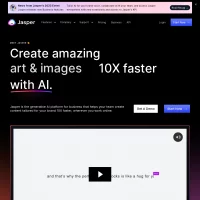

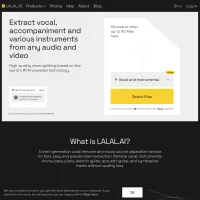
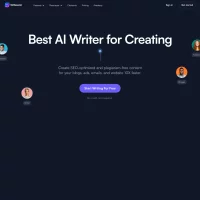
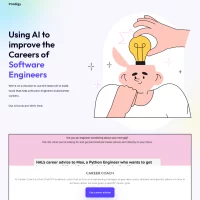
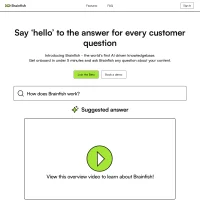
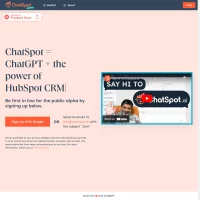
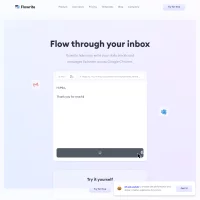

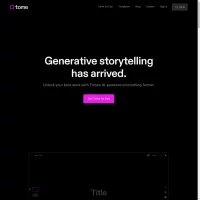


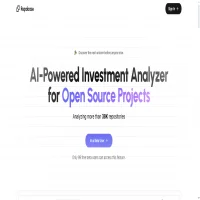
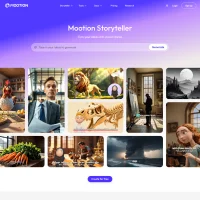
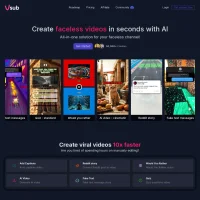


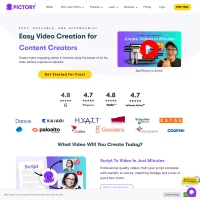

 AI Agents
AI Agents